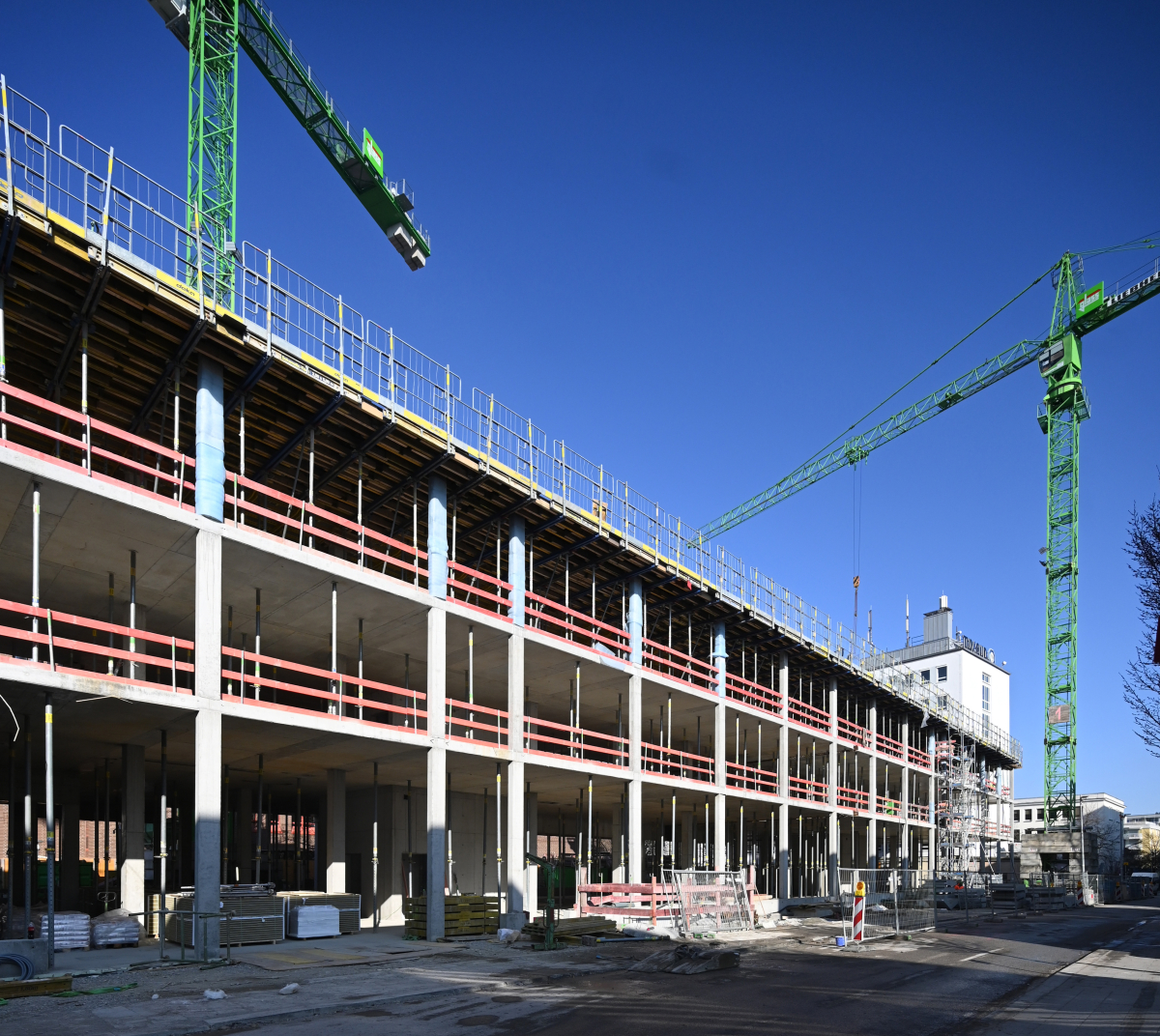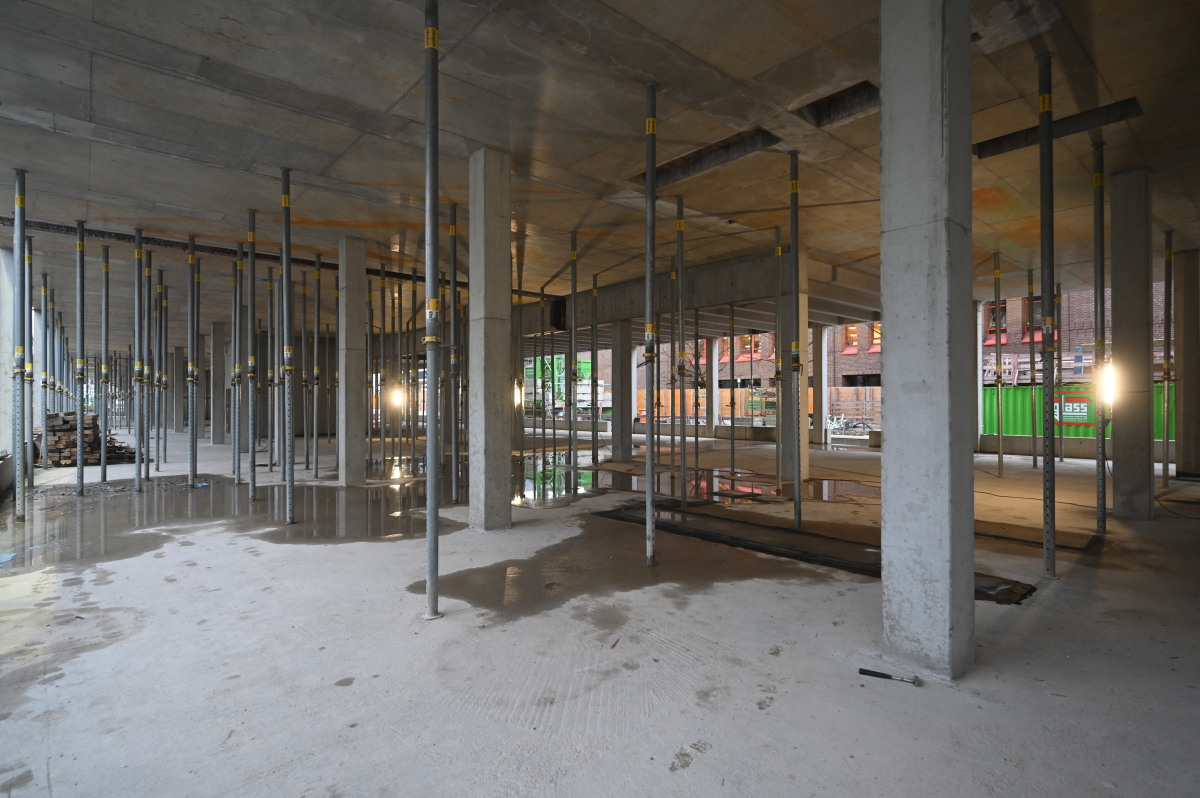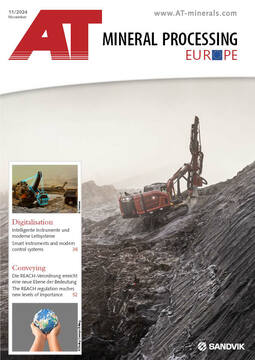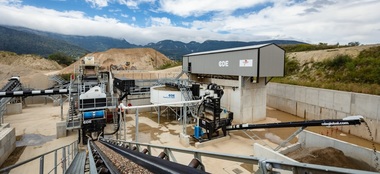Higher acceptance and more available recycled material
 1 New construction of the TÜV Süd headquarters in Munich
1 New construction of the TÜV Süd headquarters in Munich
© TÜV SÜD & H.v. Heydenaber
Stay realistic, don’t glorify
All available recycled material for concrete should be used as a priority. At the moment, around 11 % of the total demand for mineral raw materials such as sand, gravel and crushed stone can be replaced by processed recycled construction waste. According to a study by the DIW Berlin – German Institute for Economic Research, even if the proportion of recycling is further increased, only 15 % of the total demand can be covered in terms of quantity and quality. In addition, the majority of demolition materials are already being used for road construction and civil engineering. If the use of recycled materials is shifted to the construction of buildings, this is precisely where they will be lacking.
Where possible, RC concrete should be used
Although the limited availability of recyclable (demolition) materials is a fundamental problem, many manufacturers have not yet exhausted the potential scope of delivery of RC concrete. “As an industry, we have upgraded, invested in technology and are ready to go. We supply what is available,” reports Karl Hofmeister, Managing Director of SCHWENK Beton Südbayern GmbH and Vice President of the German Ready-Mixed Concrete Association (BTB). One obstacle that manufacturers of RC concrete are currently encountering is often a lack of demand. “Many builders and architects are still skeptical about ‘used’ materials. The performance and durability of RC concrete in particular is often questioned in comparison to traditional concrete,” explains Hofmeister.
 2 A total of 3468.25 m³ of the resource-saving concrete went into the construction
2 A total of 3468.25 m³ of the resource-saving concrete went into the construction
© TÜV SÜD & H.v. Heydenaber
A flagship project in which the availability of recycled concrete was fully utilized is the construction of the new TÜV Süd headquarters in Munich. A total of 3468.25 m³ (or more than 40 % of the total requirement) of the resource-saving concrete literally flowed into the building – more was not possible from an engineering point of view. “The client wanted to construct the building as sustainably as possible. Of course, RC concrete was an option as long as the requirements for the concrete were met. In this case: strength up to a maximum of C30/37 with water impermeability requirements,” explains Ralf Rattay, site manager at Glass GmbH Bauunternehmung, Mindelheim, Munich branch. During the construction process, the uncomplicated use of the material once again became apparent to Ralf Rattay: “When installing and processing RC concrete, you practically don’t notice that RC concrete is being used. Its properties are almost identical to concrete without recycled content.”
In addition to planners and investors, the BIV and BTB also see politicians as having a duty: the fundamental demand for more RC concrete must be followed by greater acceptance of this building material among public clients. This is the only way to increase its use – within the limits of what is available.




